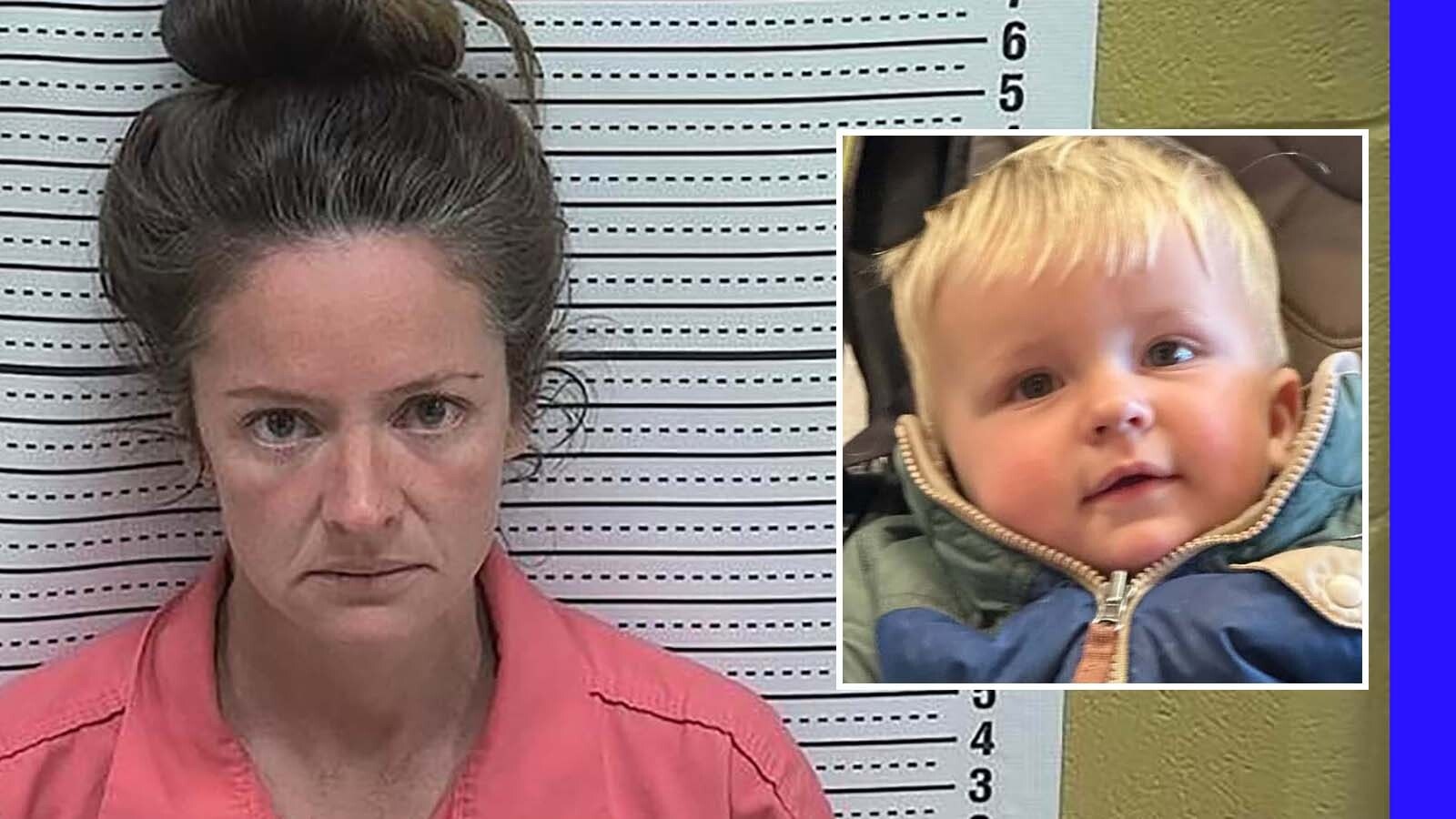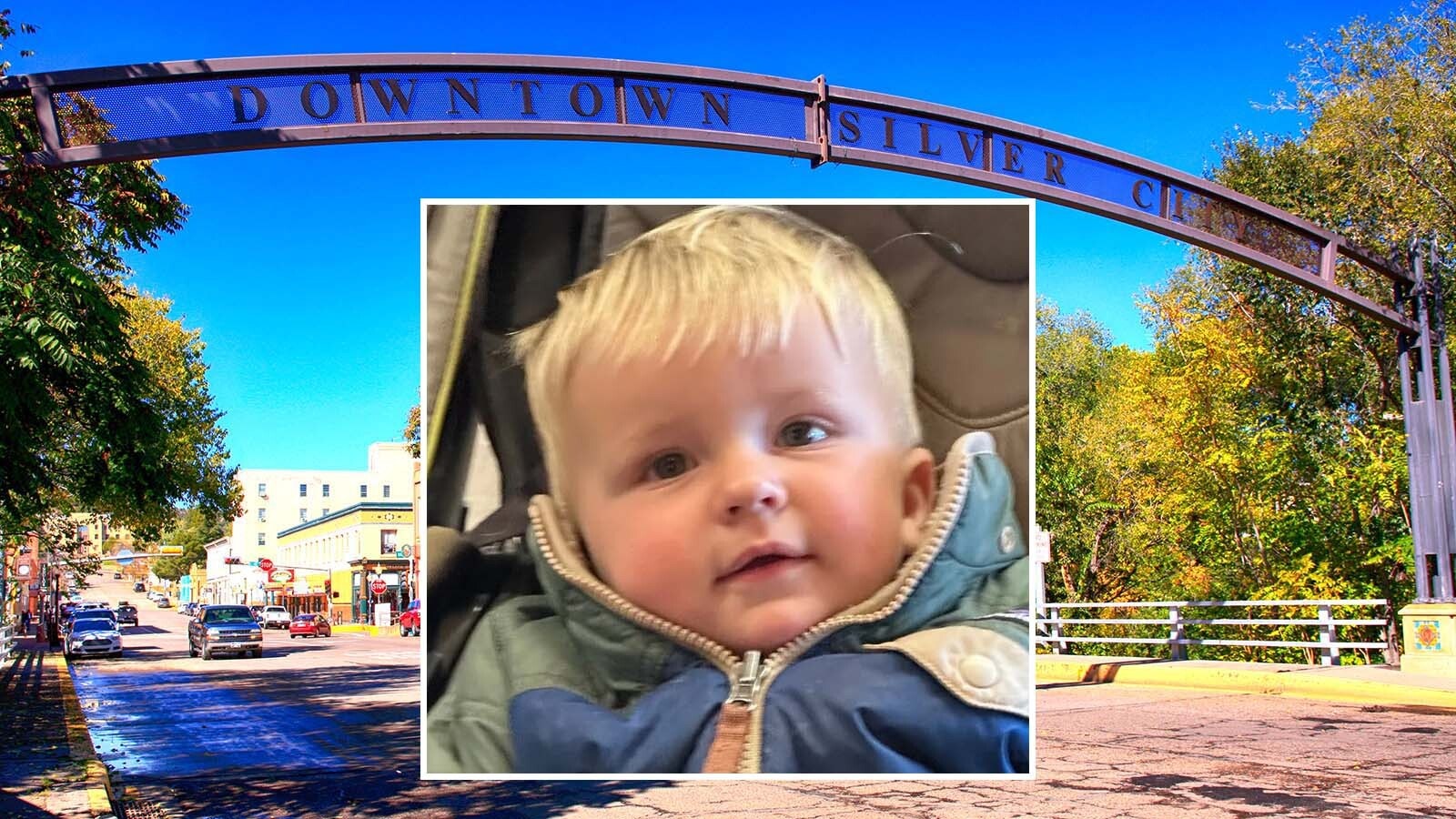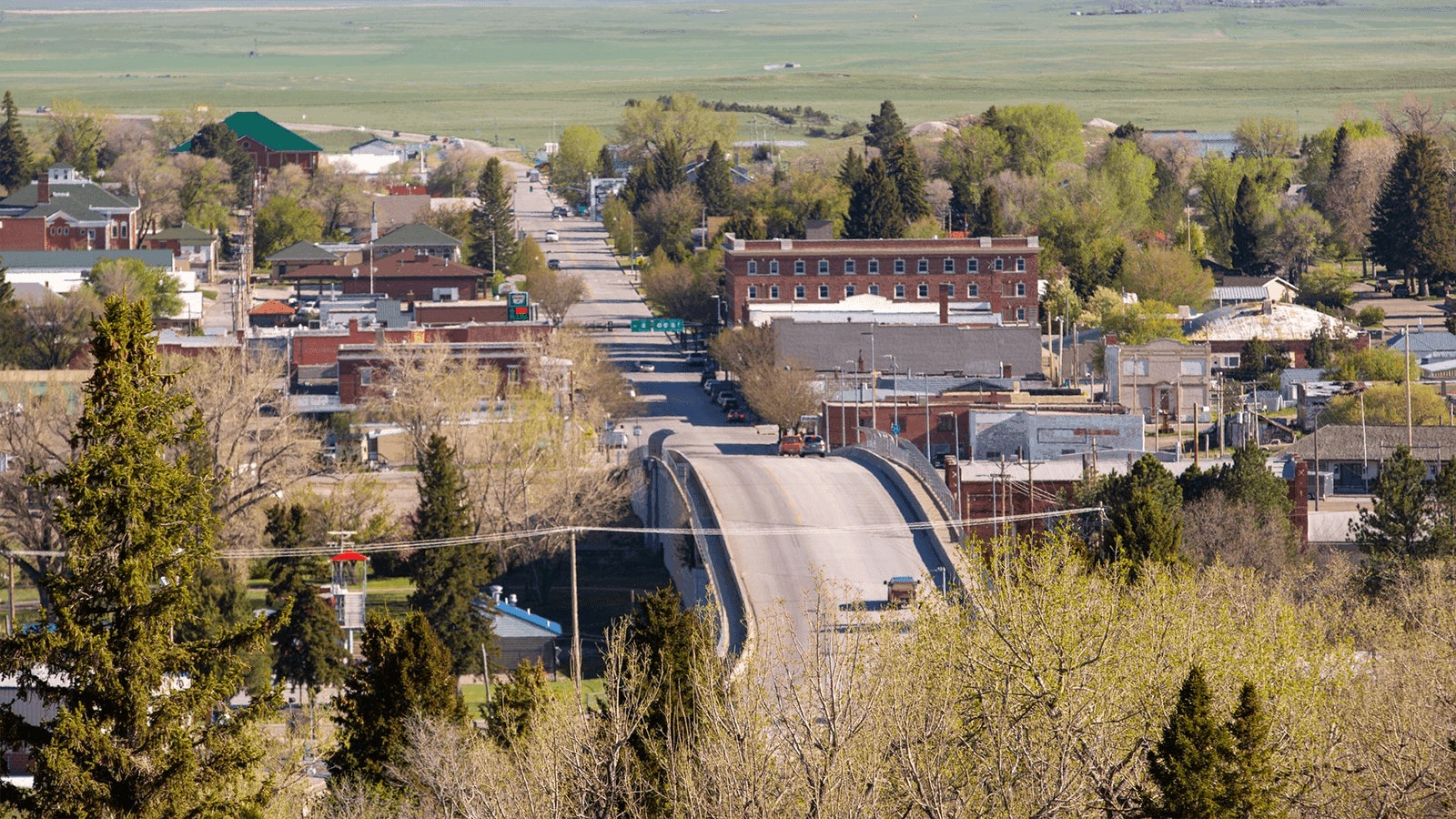POCATELLO, Idaho — The barrage of gunshots fired by police at 17-year-old Victor Perez — a non-verbalautistic teen with cerebral palsy and intellectual disabilities — continue to echo across the region and the internet with a recent protest in front of the Idaho capitol and a high-profile wrongful death lawsuit.
On April 5, after neighbors called 911 reporting someone waving a knife, four officers responded and within 15 seconds, opened fire on the boy, hitting him 9 times. Family members can be heard screaming in a detailed video featuring body cam footage from the officers involved.
Now, every Saturday, members of the Pocatello community gather in front of city hall to remember Perez, who died after being taken off life support on April 12. He endured a leg amputation and multiple surgeries, but then tests showed a loss of brain activity.
Marlise Irby-Facer, a spokesperson for the city of Pocatello, told Cowboy State Daily, “There are many questions the city cannot answer because of the current investigation from Eastern Idaho Critical Incident Task Force and pending litigation. Once the external investigations are complete, the Idaho Attorney General’s Office will conduct the review of the investigative findings.”
Those who recently demonstrated in Boise and continue to show up at Pocatello City Hall did offer comment, sharing their experiences dealing with the aftermath of Perez’s death.
And a law enforcement expert who has been following this story also offered insights into all the factors at play when four armed officers rush to a scene described to them by the 911 dispatcher as an active stabbing in progress.
While an internal investigation continues in Pocatello and the officers involved remain on paid leave, many following the story of Victor Perez are calling for justice as they try to give voice to a shooting victim who could not speak.
What The Video Shows
In the initial 911 call reporting a disturbance at Perez’s home, a witness is heard telling the dispatcher that a man with a knife is, “Trying to stab everybody it looks like.”
Video later released by the city of Pocatello shows a confrontation where it appears family members try to get the knife out of Perez’s hands by hitting him with a log.
The 911 dispatcher sends officers to the scene, telling them the “male is now on the ground, but he is trying to stab the other two.”
In the video, which was edited and annotated, viewers see different body camera video from the officers. The officers approach quickly and take position with their weapons drawn on one side of a waist-high chain link fence.
On the other side of the fence, Perez is down on his hands and knees still holding the knife.
The officers shout at Perez repeatedly, telling him to “drop the knife!”
Perez does not drop the knife, but instead stumbles to his feet.
Within 15 seconds of exiting their patrol cars, officers opened fire on Perez.
Not Isolated
Release of body cam video, particularly edited and notated by police, is becoming more of a standard response in the wake of controversial or high-profile incidents. Since the beginning of 2024, body camera video for a number of officer-involved shootings in Wyoming have been released.
• In February 2024, the Thermopolis Police Department released a 10-minute edited compilation of body cam video showing a local officer shooting a suspect after the officer illegally entered the man’s home.
• In April 2024, the Cheyenne Police Department released body cam video of a deadly hostage situation, showing the tense moments that led to officers shooting and killing a man who fired at them and was holding his wife in a home.
• In June 2024, Casper police released dramatic body cam video that showed the shooting and killing of a man who talked about pulling off “death by cop.”
• In September 2024, the National Park Service released body camera video that showed the response July 4 to a worker who had threatened a mass shooting. The standoff with the man ended when he was shot and killed, but not before the suspect also injured a NPS ranger by shooting him.
In The Officers’ Shoes
Frank Groth, who spent 22 years working as a police officer in Northern California and now lives in Gillette, said he learned about the Perez shooting when friends with autistic children started discussing the case online.
“Anytime there's a law-enforcement use of deadly force, it’s a tragedy for everyone involved and I've always believed that, and I'll never stop believing it,” Groth told Cowboy State Daily.
“It's very easy for you to form an opinion based on just the visual of what happened,” said Groth, recognizing the emotional punch delivered by the graphic body cam footage. “But it's a lot more complex. There's so much evidence that has to be collected and has to be processed.”
Groth said because the incident was reported as a stabbing in progress, the officers likely arrived with a different state of mind than if they had been told Perez was having a mental health crisis.
“When life is in danger, you're going to have lethal force at the ready and they did,” said Groth.
“Now there's people who are arguing, ‘Well those officers had a fence between them and the guy with the knife.’ The women in the background did not have a fence between them and the guy with the knife,” added Groth, who urged patience as the investigations continue.
The Protests
Sheena Goldsberry has lost her patience with the Pocatello Police Department. The mother of three autistic children, she told Cowboy State Daily she drove to Boise on April 19 to participate in a demonstration calling for more police training and mental health crisis intervention counselors.
In fact, Goldsberry said she’s been part of demonstrations every Saturday since the shooting and doesn’t plan to stop.
“They could have de-escalated the whole situation before they did what they did,” she said. “Victor had a meltdown because he has autism. The neighbors didn't even know that he was autistic.”
“They were gung-ho on shooting a child,” the Pocatello resident said. “I think that there were rookies there that needed to have more training. I decked out my van saying, ‘Justice for Victor.’”
Like Wildfire
When Goldsberry shows up at city hall on Saturdays to continue demonstrating in Victor’s name, she will be joined by her friend Heather Munk.
Munk happened to be driving by the day of the shooting.
“Then it hit Pocatello like wildfire,” when news of the shooting started to spread and raise concerns about trigger-happy officers on patrol.
“It’s been an ongoing problem,” said Munk, recalling other police-involved shootings in Pocatello. “Nothing was ever done about it. They are notorious for getting away with stuff like this. So I am thankful that there’s finally proof.”
The first demonstration in front of Pocatello City Hall following the shooting, said Munk, “was huge.”
“There were like 300 people there,” said Munk, recalling how armed law enforcement observed the demonstrators from nearby rooftops. This inspired her nine-year-old grandson to speak directly to the officers through a bullhorn, said Munk.
“I had a megaphone and he said, ‘Grandma, I have something to say to them,’” recalled Munk. “So I handed him the megaphone and he’s this tiny 9-year-old little boy and he said, ‘It’s not your job to kill us kids. It’s your job to keep us safe.’”
Victor Project
In its mission statement on Facebook, The Victor Project, spells out a plan, “To be a catalyst for change in law enforcement practices. Inspired by the tragic shooting of Victor Perez in Pocatello."
Avery Wisdom, a co-founder of The Victor Project, is from Pocatello and used to live near the scene of the shooting. He also knows the family.
“It kind of hit home,” said Wisdom, who now lives in Boise. “I’ve dealt with the Pocatello Police Department before. And I have autism. Personally, I’ve had a lot of bad experiences with the Pocatello Police Department, like knowing they will talk down to you if they know you are slightly special.”
Wisdom helped organize the April 19 demonstration in Boise, and said it’s all part of an evolving plan to help get more specialized training for police officers.
“And more CIT implementation for the police force,” said Wisdom. CIT stands for “Crisis Intervention Teams,” which step in during crisis situations with the goal of nonviolent de-escalation.
Wisdom worries that wasn’t the primary objective when officers encountered Perez on April 5.
“It was three pistols and a shotgun,” said Wisdom, who after watching the body cam footage figured the officers opened fire within 12 seconds of arriving. “You can’t de-escalate anything in 12 seconds.”
David Madison can be reached at david@cowboystatedaily.com.










